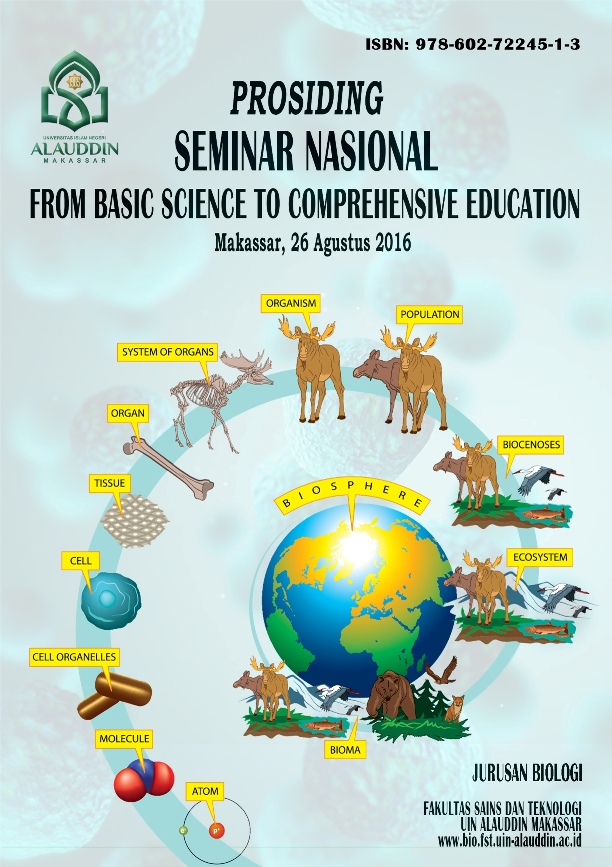Uji In Vitro Ekstrak Akar Tuba (Derris elliptica L.) Terhadap Viabilitas Tetas Telur Ikan Mas (Cyprinus carpio L.)
Abstrak
Poison Vine used as poisonous substances to clean up the ponds from pestfishes or to help the farmers to harvest the fish. Poison Vine is Climbing Leguminosae that have rotenone as bioactive. Rotenone have couple days halflife and it coul impact to the water quality including the fish. Based on this condition, the research aimed to describe the influence of Poison Vine (Derris elliptica L.) Extract to Viability of Carpfish Egg Hatchibility (Cyprinus carpio L.). The research held in Zoology Laboratory, Biology Department of Faculty of Math and Science, Universitas Negeri Padang. The research used Completely Randomized Design with 5 treatments and 6 replication. The treatments are 0% (control /P1); 0.002% (P2); 0.003% (P3); 0.004% (P4) and 0.005%(P5). The data of hatced eggs collected after 4 days incubation. Egg hatchibility and abnormal larvae data analized with ANOVA at p≤ 0,05 and continued by LSD test. The result showed that the avarage of egg viability at P1 92.50%; P2 80.83%; P3 77.50%; P4 74.17%; and P5 72.50%. The highest hatchibility at P1 Significantly higher (p<0,05) comparison to P2, P3, P4 and P5. The avarage of normal larvae at P1 99.12%; P2 98.49%; P3 97.92%; P4 96.22%; and P5 95.30% were not significantly (p<0,05) and so to the abnormal larvae P1 0.88%; P2 1.51%; P3 2.08%; P4 3.78%; and P5 4.71%. It can conclude that Poison Vine extract decreased the viability and hatchability of Carpfish Eggs.
Keyword: Poison Vine, Viability, Hatchability, Egg Carpfish
This journal provides immediate open access to its content on the principle that making research freely available to the public supports a greater global exchange of knowledge.
All articles published Open Access will be immediately and permanently free for everyone to read and download. We are continuously working with our author communities to select the best choice of license options: Creative Commons Attribution (CC BY)
Authors and readers can copy and redistribute the material in any medium or format, as well as remix, transform, and build upon the material for any purpose, even commercially, but they must give appropriate credit (cite to the article or content), provide a link to the license, and indicate if changes were made.
The Authors submitting a manuscript do so on the understanding that if accepted for publication, copyright of the article shall be assigned to Biogenesis: Jurnal Ilmiah Biologi as publisher of the journal.
